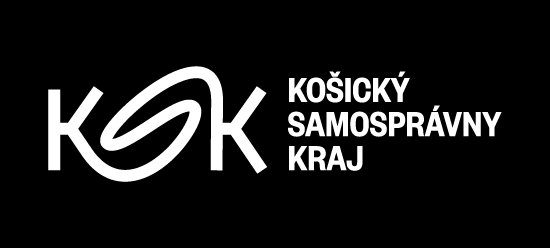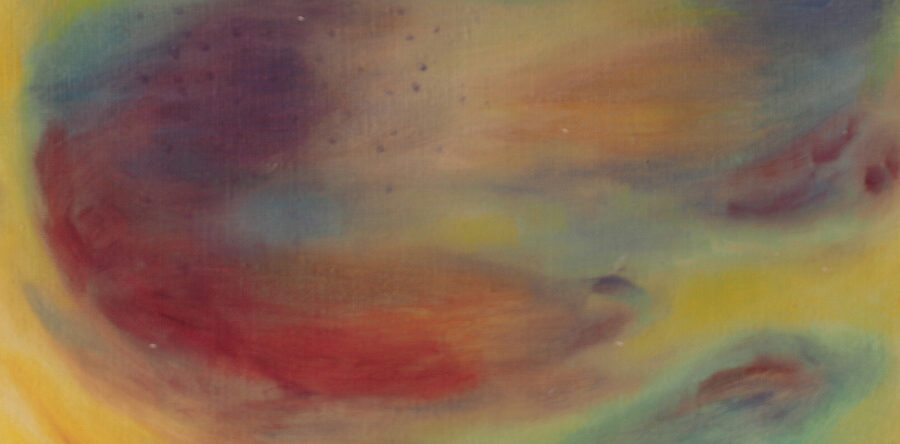Opening: 18. 4. 2023 at 6PM
Exhibition duration: 19. 4. 2023 – 25. 6. 2023
Curators: Miroslav Kleban, Adam Macko
Space Q, Hlavná 27, Košice
The joint exhibition of two contemporary visual artists Maroš Kontroš and Peter Maščák currently presents the formal and stylistic affinities of the artists of the younger generation. The union of the artists creates a confrontational dialogue between form and content. Their work is thematically related, but they do not operate within a common agenda that would consciously or manifestly determine their artistic language. The symbiotic connection between the two artists is subconscious and independent. Both artists have adopted an expressionistic communication of stories of the dramatic or tragic nature of life and the prediction of pessimistic visions of an uncertain future, which are visually communicated through large-size formats.
Maščák incorporates several communication codes into his paintings, which sometimes resemble dark images of horror scenes cut out of classic films, which create an atmosphere of fear, uncertainty, and the absence of concreteness in this world. Of the two exhibiting artists, it is Peter Maščák who expands beyond canvases and creates spatial installations. Painting, however, is an act of personal, even mythical sacredness for both artists. They interpret stories, human destinies. Their canvases are a kind of news channel that informs us about the sad state of society and the uncertain future of the planet. The common denominator of Kontroš and Maščák is the expressive refinement of their compositions, in which the authors expressively work with the motif of fragmentation and deformation of human bodies. They are not exclusively abstract expressionists, as their paintings contain concrete elements. This conditions the emergence of a kindred artistic typography, which is easily recognizable in the field of contemporary art on the basis of its expressive colouring and overexposed stylization. Maščák’s work is close to Bacon’s absurdity of life, reflecting Giacometti’s alienation and trauma, and is also based on Wols’ automatic experiments. Maščák’s large-scale canvases form a kind of independent architecture of space and they often have a meditative character, pushing his expression to a deeper level of lyrical abstraction. Maroš Kontroš is known for his “iconoclastic” creative approach. The motifs of heads and deformed bodies are created through geological layering and subsequent archaeological uncovering of previous structures and interventions. Kontroš’s expressionism thus lies in an intuitive approach and a search for answers to the questions of the definiteness of the final form of the painting. Bacon’s conception of the New Figuration is also present in Kontroš’s work. His portraits are based on the aesthetics of cartoons and illustrations. The creation of large-scale paintings highlights their psychological effects supported by Art Brut and neurotic handwriting.
The abstract depiction of apocalyptic and other so-called black themes is the common denominator of both authors, who pathologically allude to questions of existence, life and death, the cosmos, birth and extinction. In this respect, metaphorically speaking, they carry on the legacy of Anton Jasusch (1882 – 1965), a prominent representative of Košice Modernism, who addressed apocalyptic themes in his large-scale paintings such as The Extinction of the Planet (1924) or The Death of the Planet (1922 – 1924). Jasusch cyclically depicted the tragedy of life, the unteachability of humans and many other dark themes in order to deal, at least symbolically, with his own tragedies.
The exhibition was supported using public funding by Slovak Arts Council.



